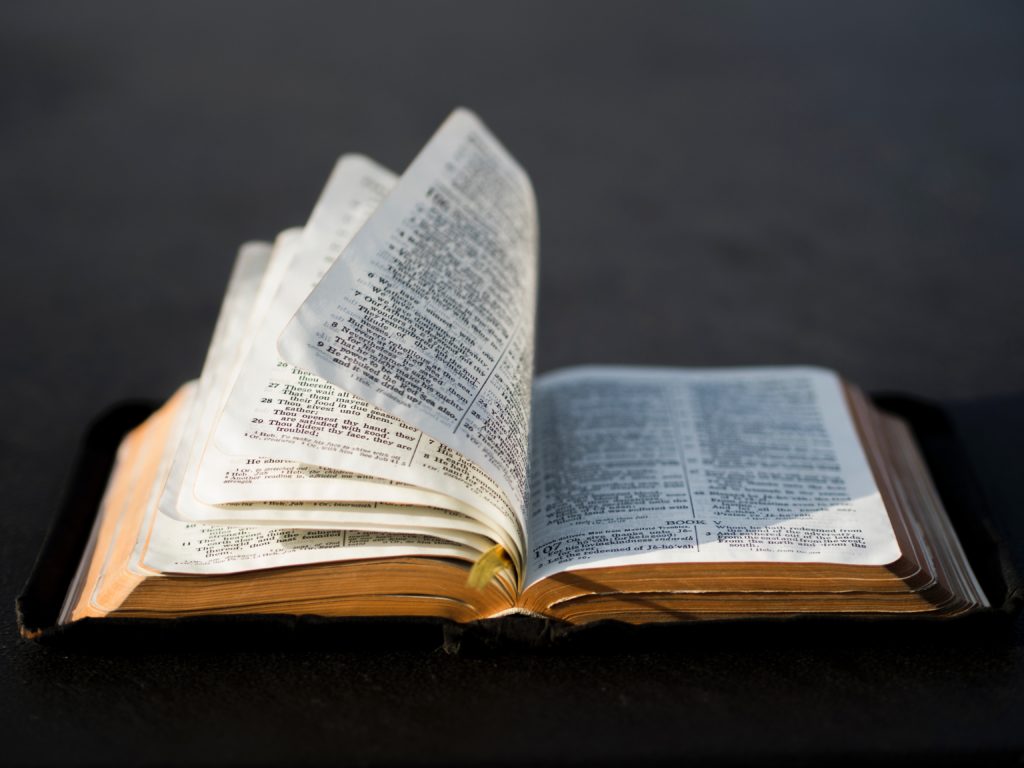
Part 1: Introduction | Part 2: Situation | Part 3: Jacob, not Esau | Part 4: Defective Leadership | Part 5: Defective Populace | Part 6: The Choice
In Malachi’s brief prophecy God has stated his case against Judah for its arrogant inattention to his will and words. He has presented them with a stark choice: you can return to me, or you can continue further down the path you’re on. Now, in this closing chapter, he lays out the consequences of that choice.
He begins with those who choose not to return to him. There is a day of accounting and judgment coming. He uses the image of fire, the burning of an oven (Mal 4.1), in which the wicked will be burned up. He cites a metaphor quite familiar to ancient Israel and to us. When developers clear a wooded lot, they cut down the trees, leaving behind the stumps and roots, as well as the stubble generated by the work of clearing. And then they pile all the unusable stuff up and burn it. It’s all reduced to ash.
The fire image is used often elsewhere in Scripture. Jesus compares unbelievers to vines that don’t produce fruit; he says they’ll be gathered and burned (Jn 15.1-6). In his Kingdom Parables, he describes angels gathering unbelievers (“tares”) at the end of the world and burning them (Mt 13.30, 40-42). But elsewhere he adds an important note: these metaphors do not mean that the wicked cease to exist; “the fire is not quenched” (Mk 9.48). Images of God cannot cease to exist; the fire is eternal.
But there is a different fire, also an eternal one, that awaits those who choose to follow God. It is the sun, brightening the sky, bringing life to earth. Here Malachi calls it “the Sun of righteousness” (Mal 4.2), the perfect, brilliant light of righteousness that God bestows freely on those who believe (1Jn 1.9). In his Sermon on the Mount, Jesus speaks of his followers being “the light of the world” (Mt 5.14), a candle not to be hidden (Mt 5.15). Paul uses similar language (Php 2.15). This is fire that brings life, not death.
Malachi describes this “Sun of righteousness” as having “healing in its wings” (Mal 4.2). This was a common image in biblical times; what we would call the “rays” of the sun, they would call its “wings” (cf Ps 139.9). Those who rise and go outside early enough can feel the healing warmth of the sun as it rises in the east and warms the air around them.
That’s what righteousness does.
We should spread that around.
In that day, the power of those who attack and abuse God’s people will be destroyed, and there will be victory (Mal 4.3).
So what does Judah do in the meantime?
First, they “remember the law of Moses” (Mal 4.4), which is simply to say that they obey God. He has addressed the specifics earlier in the prophecy. That’s their part in all this; and it’s our part too, even though we are not bound by the law of Moses, but by the law of love (Ga 3-4).
What’s God’s part?
He will send Elijah.
Jesus will later make it clear that the preaching ministry of John the Baptist is the “coming of Elijah” that God has promised through Malachi (Mt 17.12). John, of course, was a forerunner, who pointed to the ministry of Jesus, “the Lamb of God, who takes away the sin of the world” (Jn 1.29).
God’s part is to bring salvation to all who will believe.
These two figures—Moses and Elijah—represent the entire Old Testament, the Law and the Prophets. In four centuries they will stand on a mountain in Israel (Mt 17.1-8) and demonstrate submission to the Lamb, who is all, and in all (Co 3.11).
With these final words, Judah waits—as it turns out, through four centuries of silence. And similarly, we wait for “the restitution of all things” (Ac 3.21) at the revelation of the Lamb. Even through an age of decline.
Photo by Aaron Burden on Unsplash
